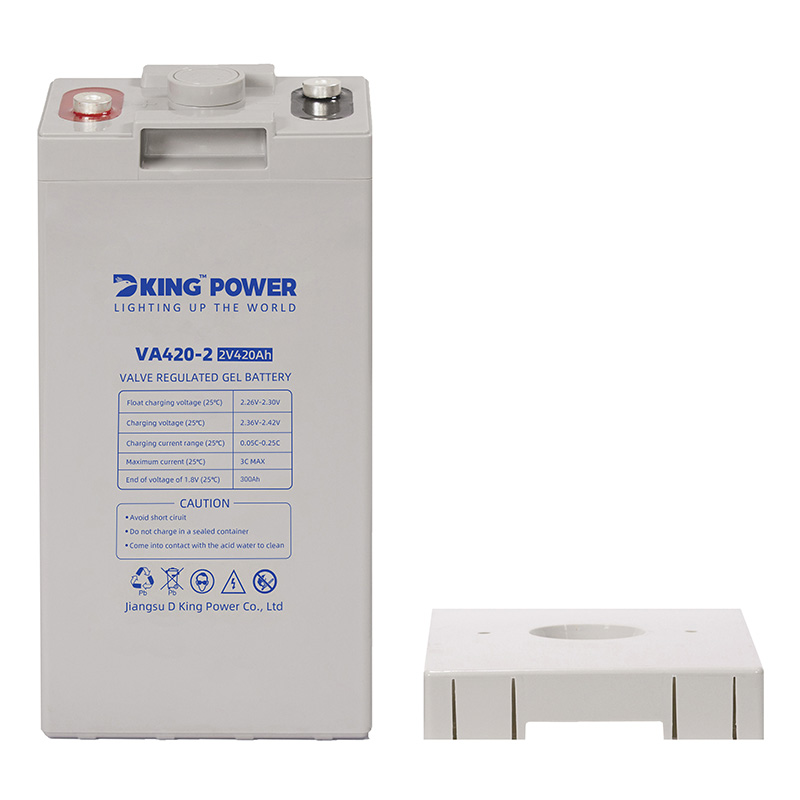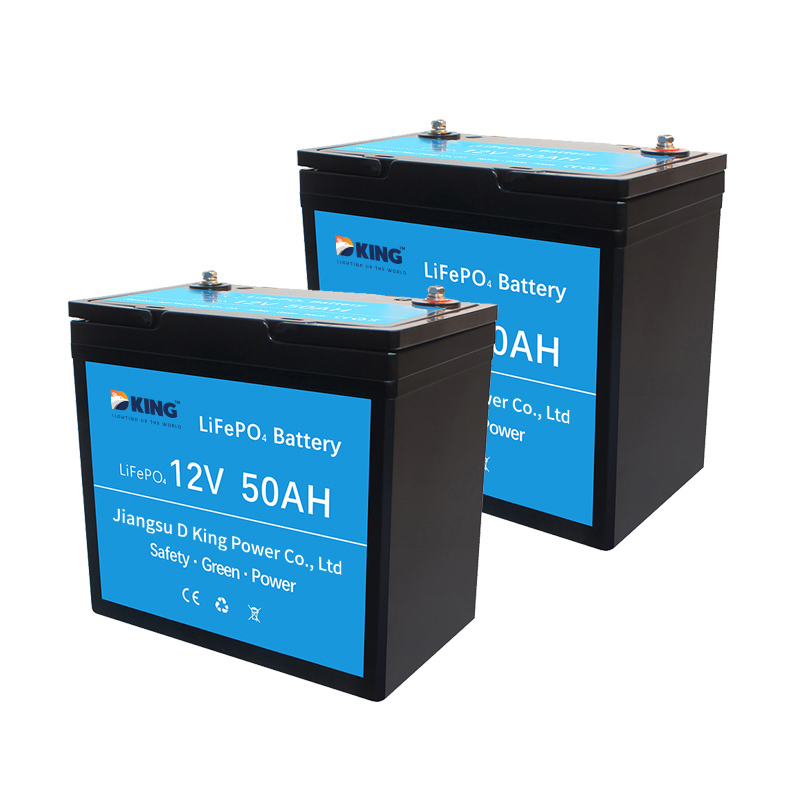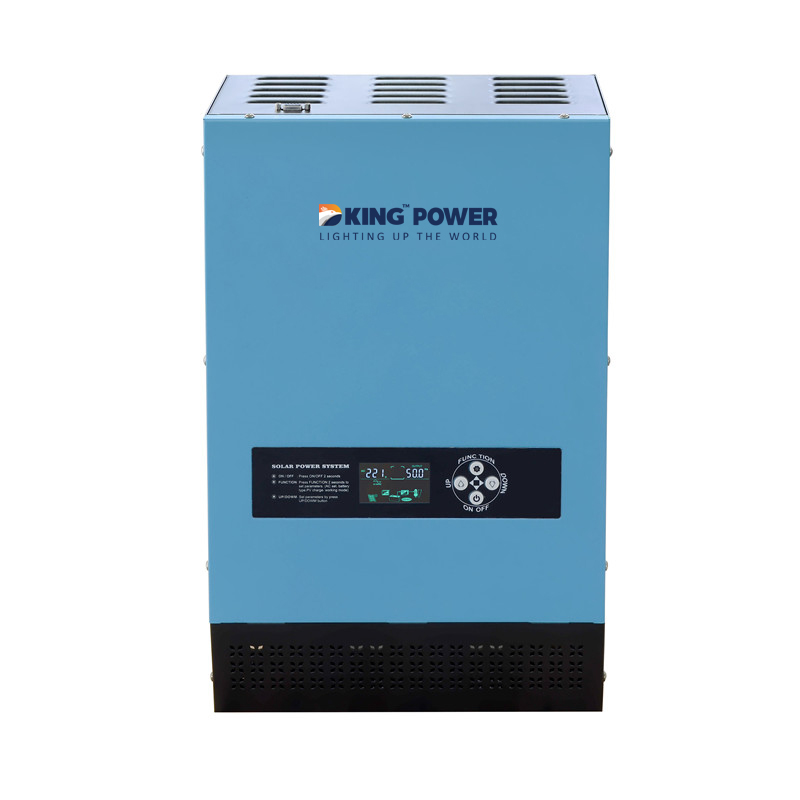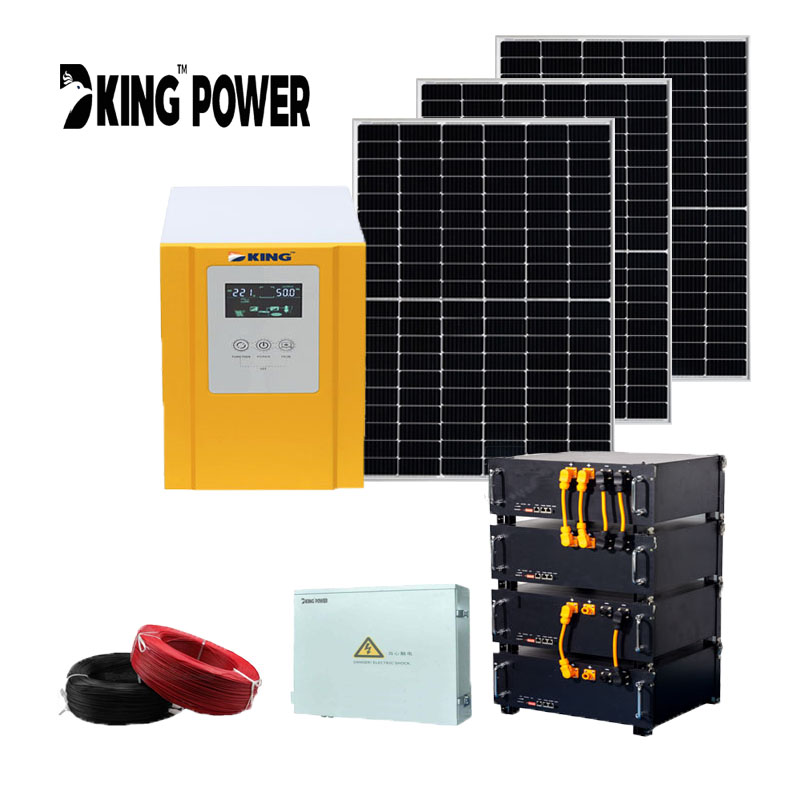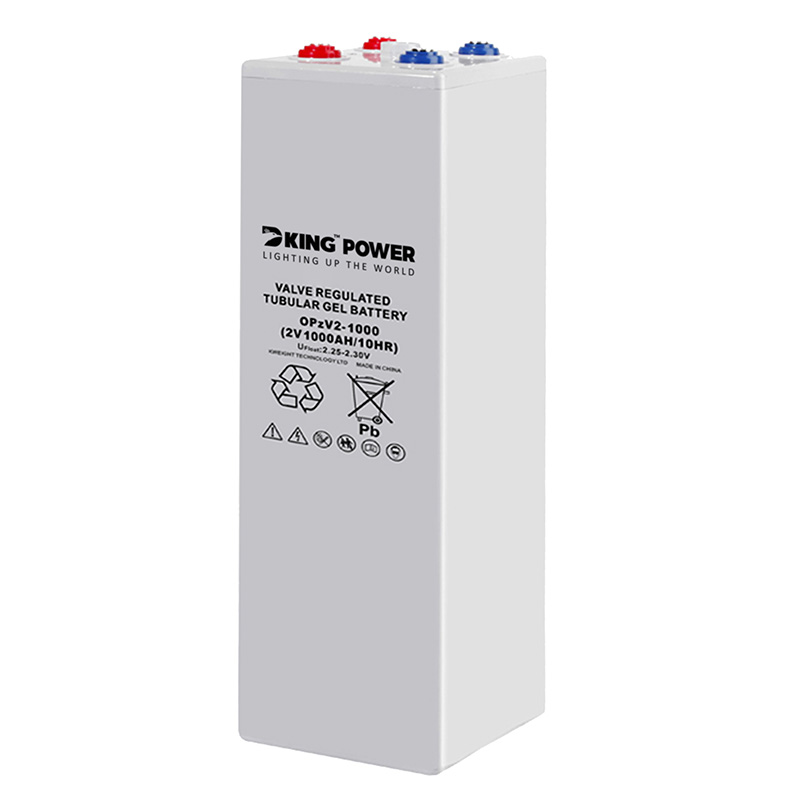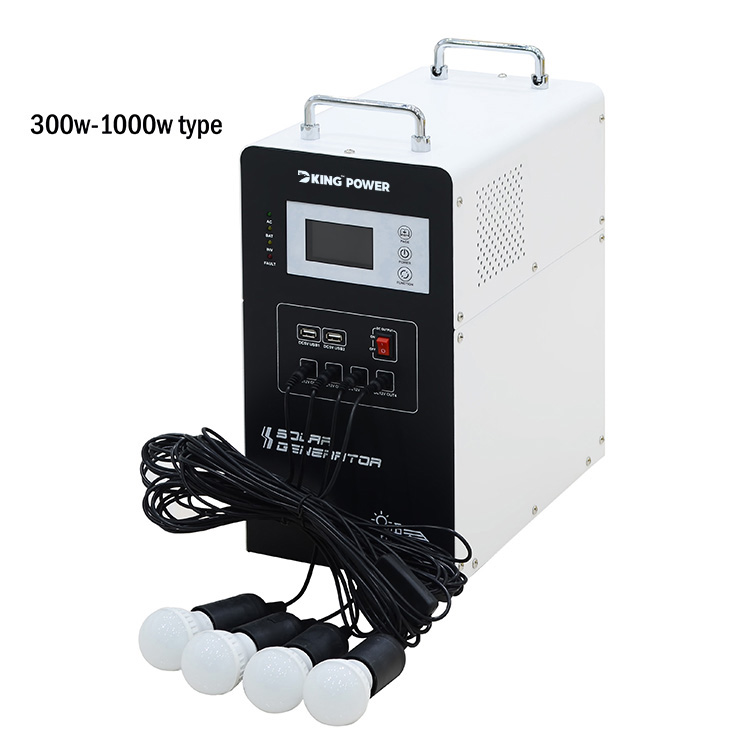| Model | Voltage | Capacity | Weight | Size |
| DKGB2-100 | 2v | 100Ah | 5.3kg | 171*71*205*205mm |
| DKGB2-200 | 2v | 200Ah | 12.7kg | 171*110*325*364mm |
| DKGB2-220 | 2v | 220Ah | 13.6kg | 171*110*325*364mm |
| DKGB2-250 | 2v | 250Ah | 16.6kg | 170*150*355*366mm |
| DKGB2-300 | 2v | 300Ah | 18.1kg | 170*150*355*366mm |
| DKGB2-400 | 2v | 400Ah | 25.8kg | 210*171*353*363mm |
| DKGB2-420 | 2v | 420Ah | 26.5kg | 210*171*353*363mm |
| DKGB2-450 | 2v | 450Ah | 27.9kg | 241*172*354*365mm |
| DKGB2-500 | 2v | 500Ah | 29.8kg | 241*172*354*365mm |
| DKGB2-600 | 2v | 600Ah | 36.2kg | 301*175*355*365mm |
| DKGB2-800 | 2v | 800Ah | 50.8kg | 410*175*354*365mm |
| DKGB2-900 | 2v | 900AH | 55.6kg | 474*175*351*365mm |
| DKGB2-1000 | 2v | 1000Ah | 59.4kg | 474*175*351*365mm |
| DKGB2-1200 | 2v | 1200Ah | 59.5kg | 474*175*351*365mm |
| DKGB2-1500 | 2v | 1500Ah | 96.8kg | 400*350*348*382mm |
| DKGB2-1600 | 2v | 1600Ah | 101.6kg | 400*350*348*382mm |
| DKGB2-2000 | 2v | 2000Ah | 120.8kg | 490*350*345*382mm |
| DKGB2-2500 | 2v | 2500Ah | 147kg | 710*350*345*382mm |
| DKGB2-3000 | 2v | 3000Ah | 185kg | 710*350*345*382mm |


Lead ingot raw materials
Polar plate process
Electrode welding
Assemble process
Sealing process
Filling process
Charging process
Storage and shipping
 Advantages of gel battery: 1. With high quality and long service life, the colloidal solid electrolyte can form a solid protective layer on the plate to prevent the plate from being corroded. At the same time, it also reduces the occurrence of plate bending and plate short circuit when the battery is used under heavy load. * It can effectively prevent the softening and falling of active substances on the plate. It has a good physical and chemical protection purpose, which is 1.5~2 times of the standard life of traditional lead-acid batteries in areas. The specific gravity of colloidal electrolyte is scientific, which is not easy to cause plate vulcanization. Under normal use, the number of cycles is more than 550. 2. Safe, dry and environment-friendly: no acid and zero gas, no electrolyte overflow, no combustion, no explosion, no corrosion of the car body, no pollution. As the dry electrolyte is solid, the battery can still be used normally even if the shell is broken accidentally during use, and no liquid sulfuric acid flows out. 3. Good discharge performance: colloid battery has small self-discharge, which is conducive to long-term storage, high deep discharge performance, which is conducive to improving the utilization rate of active substances and discharge capacity, strong recovery ability of deep discharge and over discharge, and the charging acceptance capacity exceeds the regional standard by more than 50%. 4. Convenient and fast use, regular maintenance: the product surface is clean and free of dirt, one-time electrolyte infusion, and free of acid solution for permanent use, which can save a lot of energy and maintenance costs. 5. Less water loss: the oxygen circulation design has holes convenient for oxygen diffusion. The released oxygen can react with negative substances again, so less gas is released during charging and discharging, which means less water loss. 6. Long shelf life: good resistance to plate sulfation and grid corrosion, long shelf life. 7. Less self discharge: it can prevent the use of water diffusion generated during cathodic reduction and inhibit the spontaneous reduction reaction of PbO, so it has less self discharge: 8. Good low-temperature starting performance. As the sulfuric acid electrolyte exists in the colloid, although the internal resistance is slightly large, the internal resistance of the colloid electrolyte changes little at low temperature, so its low-temperature starting performance is good. 9. The charging mode can fully activate the active substance and improve the battery capacity. 10. The use environment (temperature) is wide, especially suitable for cold weather in Northeast China: gel battery can be used within the temperature difference of - 40 65C, effectively solving the problem of starting difficulty due to the use of traditional lead-acid battery in the northern cold regions and other high temperature regions in the past. Main technical indicators of battery. Design life: 10 years of floating charge life (under the condition of 25 normal use and sufficient electricity), 1200 times of deep cycle life (under the condition of 25 discharge depth of 80%, and timely replenishment of sufficient electricity), charge acceptance capacity: after 100% deep discharge of the battery, charge it for 10 hours at 2.35V/unit constant voltage current limiting 0.15C 10 (A), and the charge capacity is more than 98% of the discharged capacity. Sealing reaction efficiency: more than 99%. Capacity preservation rate: after 90 days of standing, the remaining capacity is greater than 90% of the rated capacity: 10h rate, capacity 0.1C, 10A, discharge to the final voltage 1.80V/monomer C, 103h rate, 0.25, 10A, discharge to the final voltage 1.80V/monomer 20, 75 C, 10, 1h rate capacity. 0.55C 10 A discharge to final voltage 1.75V/monomer 0.55 C 10. Capacity recovery performance (short circuit performance): discharge to 0V at 0.1C 10A, short circuit for 24h, charge for 10h at 2.35V/unit constant current limiting. 15C 10A), and then charge for 24h at 2.25V/unit constant current limiting 0.15C 10 (A). Test the capacity of C 10 for 5 consecutive times, and the remaining capacity shall not be less than 90% of the initial capacity.
Advantages of gel battery: 1. With high quality and long service life, the colloidal solid electrolyte can form a solid protective layer on the plate to prevent the plate from being corroded. At the same time, it also reduces the occurrence of plate bending and plate short circuit when the battery is used under heavy load. * It can effectively prevent the softening and falling of active substances on the plate. It has a good physical and chemical protection purpose, which is 1.5~2 times of the standard life of traditional lead-acid batteries in areas. The specific gravity of colloidal electrolyte is scientific, which is not easy to cause plate vulcanization. Under normal use, the number of cycles is more than 550. 2. Safe, dry and environment-friendly: no acid and zero gas, no electrolyte overflow, no combustion, no explosion, no corrosion of the car body, no pollution. As the dry electrolyte is solid, the battery can still be used normally even if the shell is broken accidentally during use, and no liquid sulfuric acid flows out. 3. Good discharge performance: colloid battery has small self-discharge, which is conducive to long-term storage, high deep discharge performance, which is conducive to improving the utilization rate of active substances and discharge capacity, strong recovery ability of deep discharge and over discharge, and the charging acceptance capacity exceeds the regional standard by more than 50%. 4. Convenient and fast use, regular maintenance: the product surface is clean and free of dirt, one-time electrolyte infusion, and free of acid solution for permanent use, which can save a lot of energy and maintenance costs. 5. Less water loss: the oxygen circulation design has holes convenient for oxygen diffusion. The released oxygen can react with negative substances again, so less gas is released during charging and discharging, which means less water loss. 6. Long shelf life: good resistance to plate sulfation and grid corrosion, long shelf life. 7. Less self discharge: it can prevent the use of water diffusion generated during cathodic reduction and inhibit the spontaneous reduction reaction of PbO, so it has less self discharge: 8. Good low-temperature starting performance. As the sulfuric acid electrolyte exists in the colloid, although the internal resistance is slightly large, the internal resistance of the colloid electrolyte changes little at low temperature, so its low-temperature starting performance is good. 9. The charging mode can fully activate the active substance and improve the battery capacity. 10. The use environment (temperature) is wide, especially suitable for cold weather in Northeast China: gel battery can be used within the temperature difference of - 40 65C, effectively solving the problem of starting difficulty due to the use of traditional lead-acid battery in the northern cold regions and other high temperature regions in the past. Main technical indicators of battery. Design life: 10 years of floating charge life (under the condition of 25 normal use and sufficient electricity), 1200 times of deep cycle life (under the condition of 25 discharge depth of 80%, and timely replenishment of sufficient electricity), charge acceptance capacity: after 100% deep discharge of the battery, charge it for 10 hours at 2.35V/unit constant voltage current limiting 0.15C 10 (A), and the charge capacity is more than 98% of the discharged capacity. Sealing reaction efficiency: more than 99%. Capacity preservation rate: after 90 days of standing, the remaining capacity is greater than 90% of the rated capacity: 10h rate, capacity 0.1C, 10A, discharge to the final voltage 1.80V/monomer C, 103h rate, 0.25, 10A, discharge to the final voltage 1.80V/monomer 20, 75 C, 10, 1h rate capacity. 0.55C 10 A discharge to final voltage 1.75V/monomer 0.55 C 10. Capacity recovery performance (short circuit performance): discharge to 0V at 0.1C 10A, short circuit for 24h, charge for 10h at 2.35V/unit constant current limiting. 15C 10A), and then charge for 24h at 2.25V/unit constant current limiting 0.15C 10 (A). Test the capacity of C 10 for 5 consecutive times, and the remaining capacity shall not be less than 90% of the initial capacity.

